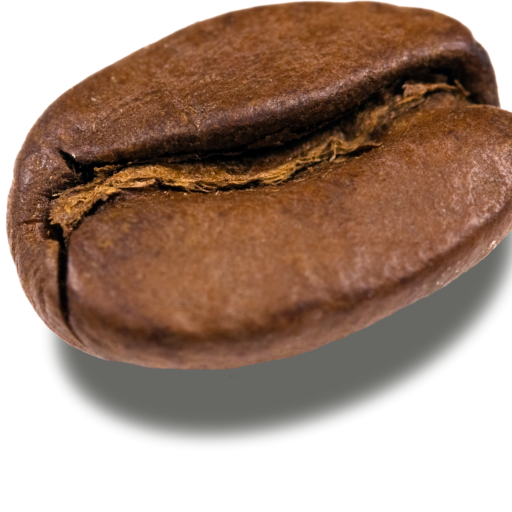connoisseurs
Caffeine in Coffee: What You Need to Know
Caffeine Content in Different Coffee Types
The amount of caffeine in coffee varies widely depending on the type of coffee and brewing method. Understanding these differences can help coffee lovers make informed choices about their caffeine consumption.
Brewed Coffee
Brewed coffee, made by steeping ground coffee beans in hot water, is one of the most common methods of coffee preparation. An average 8-ounce cup of brewed coffee contains approximately 80-100 milligrams of caffeine 4. However, this can vary based on factors such as the type of beans used and brewing time. A standard 8-ounce cup of brewed coffee typically contains about 96 mg of caffeine 5.
Espresso
Espresso has the highest caffeine concentration per volume 5. A single 1-ounce shot of espresso contains approximately 63.6 mg of caffeine 6. However, due to its smaller serving size, a shot of espresso actually has less total caffeine than a standard cup of brewed coffee. A 2-ounce double espresso shot contains about 80 milligrams of caffeine 7.
Instant Coffee
Instant coffee usually contains less caffeine than freshly brewed coffee 5. A typical 8-ounce cup of regular instant coffee contains about 62 mg of caffeine 4. This lower caffeine content makes instant coffee a suitable option for those looking to reduce their caffeine intake while still enjoying a cup of coffee.
Decaf Coffee
Despite its name, decaffeinated coffee still contains a small amount of caffeine. An average 8-ounce cup of brewed decaf coffee contains about 2-7 mg of caffeine 4 5. The exact amount can vary depending on the decaffeination process used. On average, decaf coffee has about 10% of the caffeine found in regular coffee 8.
To put this into perspective, here’s a comparison of caffeine content in different coffee types:
| Coffee Type | Serving Size | Average Caffeine Content |
|---|---|---|
| Brewed Coffee | 8 oz | 96 mg |
| Espresso | 1 oz (single shot) | 63.6 mg |
| Instant Coffee | 8 oz | 62 mg |
| Decaf Coffee | 8 oz | 2-7 mg |
It’s important to note that these figures are averages, and actual caffeine content can vary based on factors such as bean type, roast level, and brewing method 7. For those sensitive to caffeine or looking to manage their intake, understanding these differences can be crucial in making informed choices about their coffee consumption.




